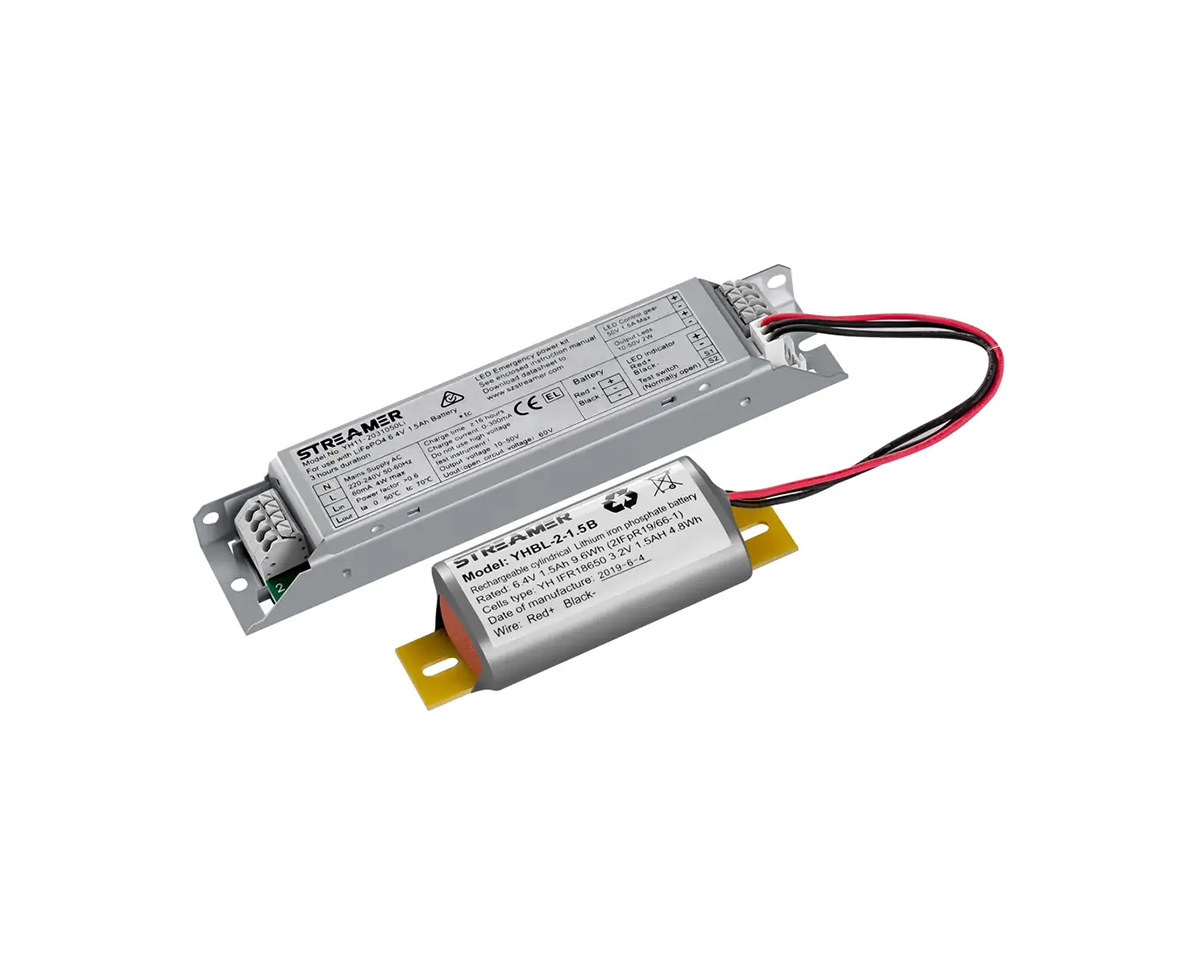 1
1
 Feb 02, 2025
Feb 02, 2025

While LED emergency power supplies are widely used in modern emergency lighting systems, there are several alternatives available, each with its own set of advantages and limitations.
One alternative is the traditional incandescent - based emergency lighting with a backup power source. Incandescent bulbs have been used for emergency lighting for a long time. They are relatively simple in design and can be powered by a variety of backup power sources, such as lead - acid batteries. Incandescent bulbs produce a warm - colored light, which some people may find more visually appealing in certain settings. However, they are much less energy - efficient compared to LED - based systems. Incandescent bulbs consume a significant amount of power, which means that the backup battery needs to be larger and more powerful to provide the same amount of runtime during a power outage. Additionally, incandescent bulbs have a shorter lifespan and are more prone to filament breakage, especially during vibrations or sudden power surges.
Another alternative is the use of fluorescent - based emergency lighting with backup power. Fluorescent lights are more energy - efficient than incandescent bulbs. They can provide a bright, white light, which is suitable for many emergency lighting applications. Fluorescent emergency lighting systems often use ballasts to regulate the electrical current and start the lamps. However, fluorescent lights have some drawbacks. They contain mercury, which is a toxic substance, and proper disposal is required when the lights reach the end of their lifespan. Fluorescent lights also have a relatively slow start - up time, which may be a concern in some emergency situations where immediate illumination is crucial.
Solar - powered emergency lighting systems are also emerging as an alternative. These systems use solar panels to charge a battery during the day, and the stored energy is used to power the emergency lights during a power outage. Solar - powered systems are environmentally friendly and can be a cost - effective solution in areas with abundant sunlight. They are also independent of the grid power, which can be an advantage in remote locations or during widespread power outages. However, their performance is highly dependent on weather conditions. Cloudy days or long periods of low sunlight can reduce the amount of energy stored in the battery, potentially affecting the runtime of the emergency lights.
Fuel - powered emergency generators can also be considered as an alternative power source for emergency lighting. These generators can run on gasoline, diesel, or natural gas. They can provide a large amount of power for an extended period, making them suitable for powering multiple emergency lights in large - scale facilities. However, fuel - powered generators require regular maintenance, including fuel storage and engine servicing. They also produce noise and emissions, which may be a problem in some indoor or noise - sensitive environments.
when considering alternatives to LED emergency power supplies, factors such as energy efficiency, cost, environmental impact, and performance under different conditions need to be carefully evaluated to choose the most suitable option for a specific application.